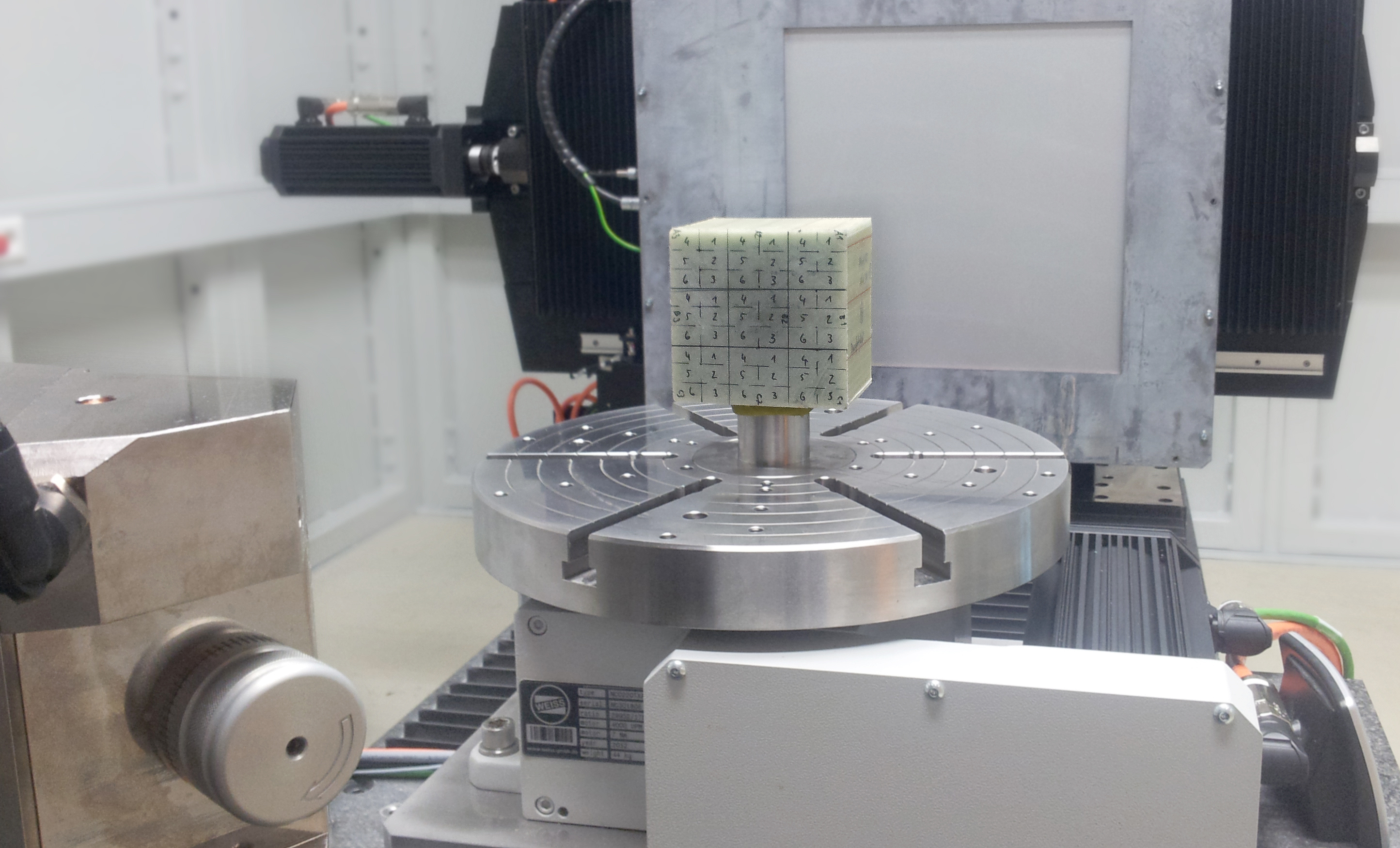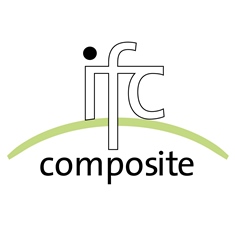Lightweight construction is a decisive key for the automotive industry, with which to reduce the fuel consumption of vehicles and thus emissions. Fiber composite polymers (FCP) play an important role in this in different areas of use: They are at least as robust as components made of metal, but are also significantly lighter. Together with IFC Composite GmbH, the Fraunhofer IMWS is working on improving the life of such large FCP components. Because manufacture and quality control are often very time consuming, especially for large polymer components with complex design.
»FCP Lifetime« is the name of the project which is due to finish at the end of August 2018 – and the title is also the name of the central objective: To increase the life of components made of fiber composite polymers (FCP). FCPs are an innovative lightweight material with diverse possible uses: Fibers with very high specific stiffness and strength are embedded in a relatively elastic polymer material. The result is a material composite that is extremely stable and robust – and at the same time is very lightweight.
Above all, the production of large-volume fiber composite polymer parts with very complex geometry – for example, leaf springs, which play a central role in the suspension of the chassis – is currently still very time consuming, however. Yet such components offer particularly large potential for reducing the weight of the vehicle: Leaf springs are currently mostly made of steel; in a van a spring weights around 25 kilogram, in a semi-trailer truck for particularly heavy trucks, they can weigh as much as 60 kilograms. Opting for solutions made of polymer would have an enormous effect here: A one hundred kilogram weight saving means around five percent less fuel consumption.
The complex architecture of leaf springs and other large-volume components made of fiber composite polymers on the one hand makes the production process more sophisticated and on the other hand the quality control too. Have defects occurred, as can happen with every other processing technology, in which the material is exposed to relevant thermal and mechanical stresses? Are the reinforcement fibers correctly distributed in the polymer? Are they orientated in the required direction so that the component can carry the relevant load for its entire life? To answer such questions in order to then adapt the manufacturing process accordingly, very many steps are currently necessary.
Here the project partners want to provide faster, more cost-effective and reliable solutions, which make it possible to predict the precise sequence of the chemical cross-linking, the actual orientation of the fibers and thus predict possible defects and their effect on the safety-relevant properties of the component.
The data of the fiber orientation data are analyzed during the manufacturing process in a highly modern X-ray CT scanner at the Fraunhofer IMWS so that an improved understanding of the interactions that occur becomes possible. Based on this, the partners develop calculation and simulation methods, which offer decisive advantages for manufacturers with regard to process reliability and component quality. In this way new fields of application could be opened up to fiber composites and the development times for new products shortened.


